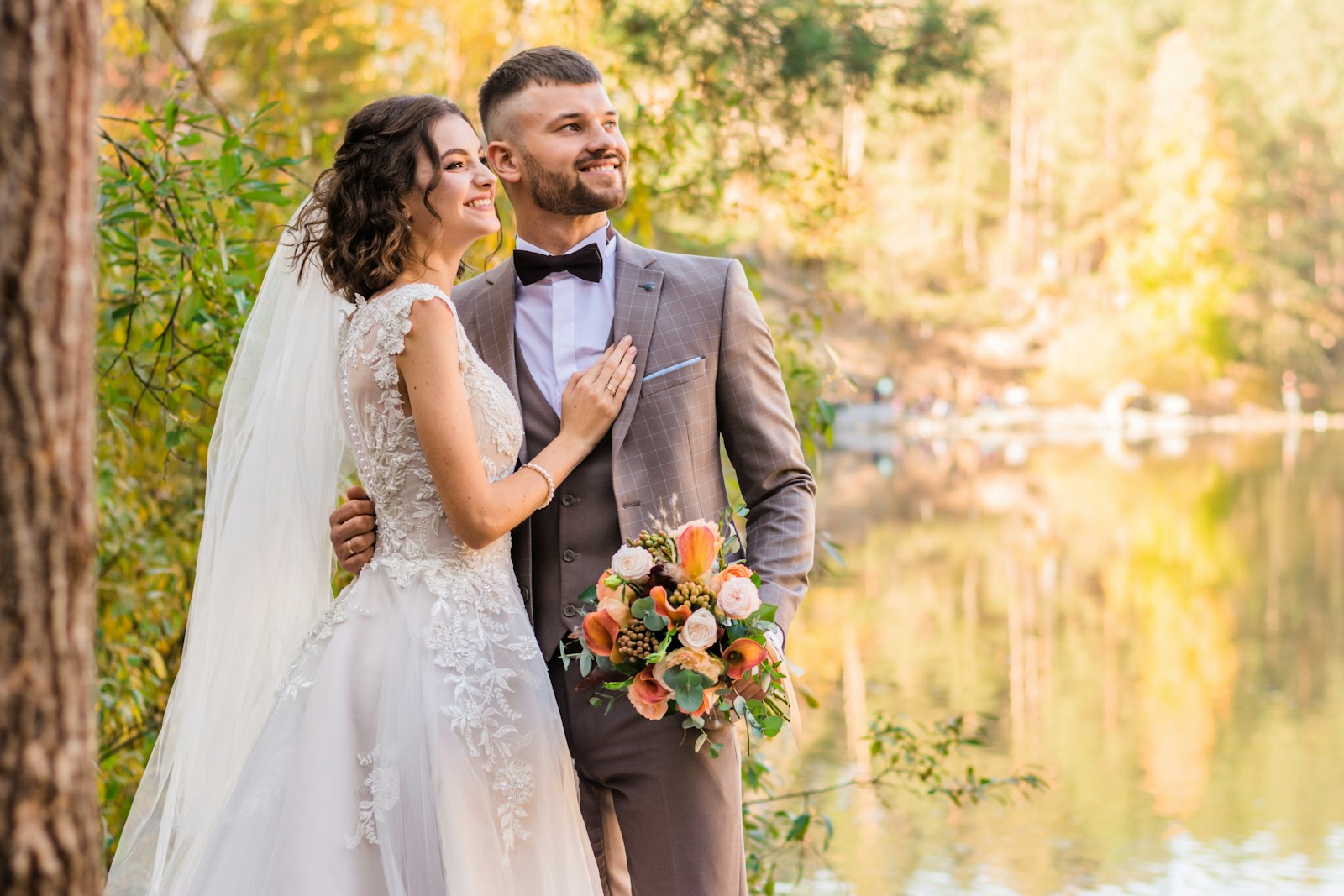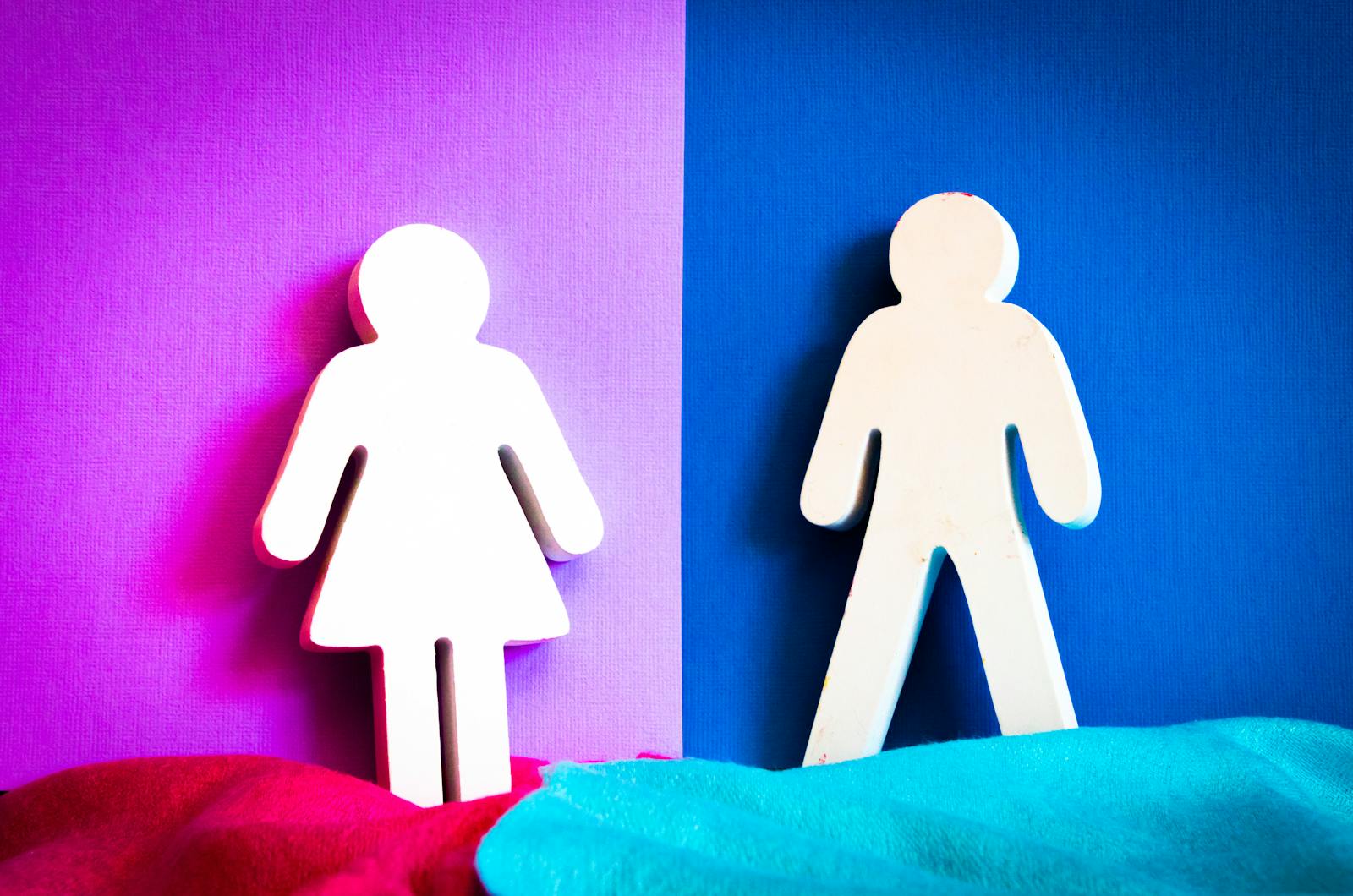
In today’s increasingly diverse and inclusive society, the conversation around gender identity is both complex and enlightening. A prime example of this complexity can be seen in the case of Emma Corrin, who opened up about their nonbinary identity, shedding light on the fluidity of gender for many individuals around the world. Corrin, known for their role as Princess Diana in Netflix’s ‘The Crown,’ publicly embraced their nonbinary identity in 2021, expressing that there might always be ‘some fluidity’ with their gender.
This revelation underscores a critical point in the ongoing discourse about gender: it is not always a fixed or binary concept. For individuals like Corrin, gender identity can be a deeply personal journey, filled with moments of self-discovery and evolving self-perception. As Corrin mentions, in their mind, gender does not feel fixed, and there might always be some fluidity in how they perceive themselves.
This fluidity reflects a broader societal trend toward recognizing and respecting diverse gender identities. In recent years, there has been a growing understanding that gender is not simply about being male or female, but encompasses a spectrum of identities that allow individuals to express themselves authentically. This has important implications for social interactions, legal definitions, and personal relationships.
Despite the progress made in acknowledging nonbinary identities, individuals who identify outside of the traditional gender binary often still face significant challenges. One major hurdle is the societal pressure to conform to established gender norms and expectations. These expectations can manifest in many areas of life, from workplace interactions to personal relationships, and can be particularly pronounced in cultural events like weddings.
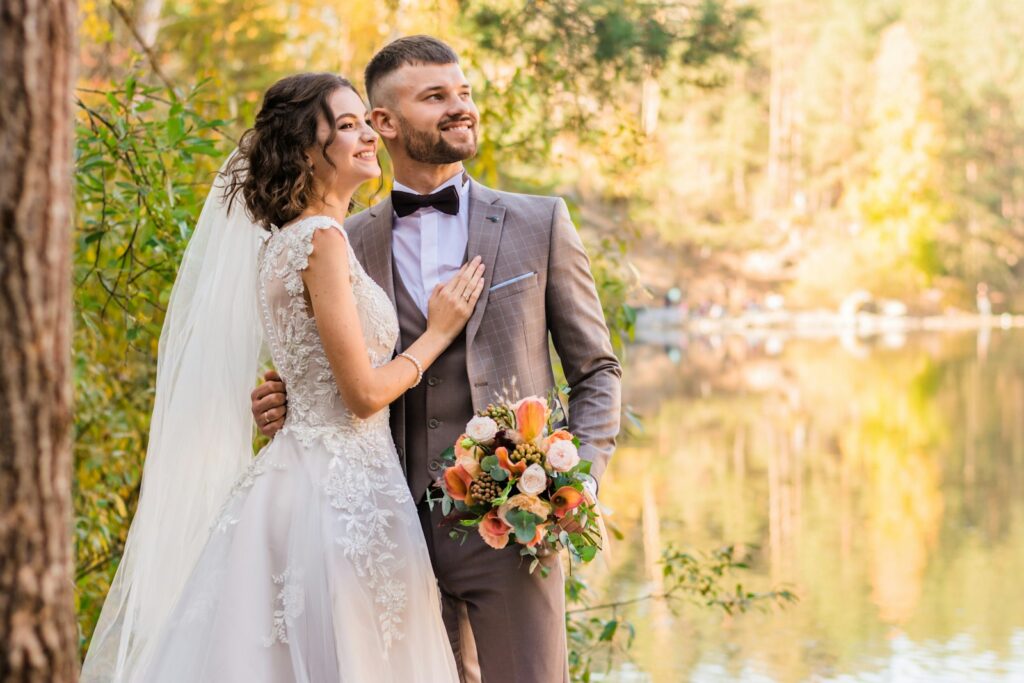
Weddings have traditionally upheld rigid gender norms, with specific roles and attire designated for men and women. Brides typically wear dresses, while grooms wear suits. However, as society becomes more inclusive, these traditional roles and expectations are increasingly being questioned and redefined.
Consider the experience shared in The Washington Post-KFF poll on transgender and nonbinary individuals, which highlights the pressures faced by nonbinary individuals in settings that do not accommodate their identities. Respondents noted feeling unsafe in various public settings, including schools and religious gatherings, due to the enforcement of strict gender norms. These societal pressures can be deeply distressing, leading to feelings of exclusion and anxiety.
The poll highlights how the enforcement of traditional gender roles in educational settings contributes to environments where trans and nonbinary individuals feel marginalized. About 45% of trans adults surveyed reported feeling unsafe in school, which is a telling indicator of the broader societal challenges facing individuals who do not conform to conventional gender expectations.
The struggles of individuals like Brandon Scott, who recounted his experiences of being mistreated by teachers and peers for his gender expression, illustrate how deeply ingrained gender norms can be detrimental to personal development and mental health. The culmination of such experiences not only impacts educational outcomes but can also have lifelong consequences, as indicated by Scott’s own experiences with substance abuse and mental health issues.
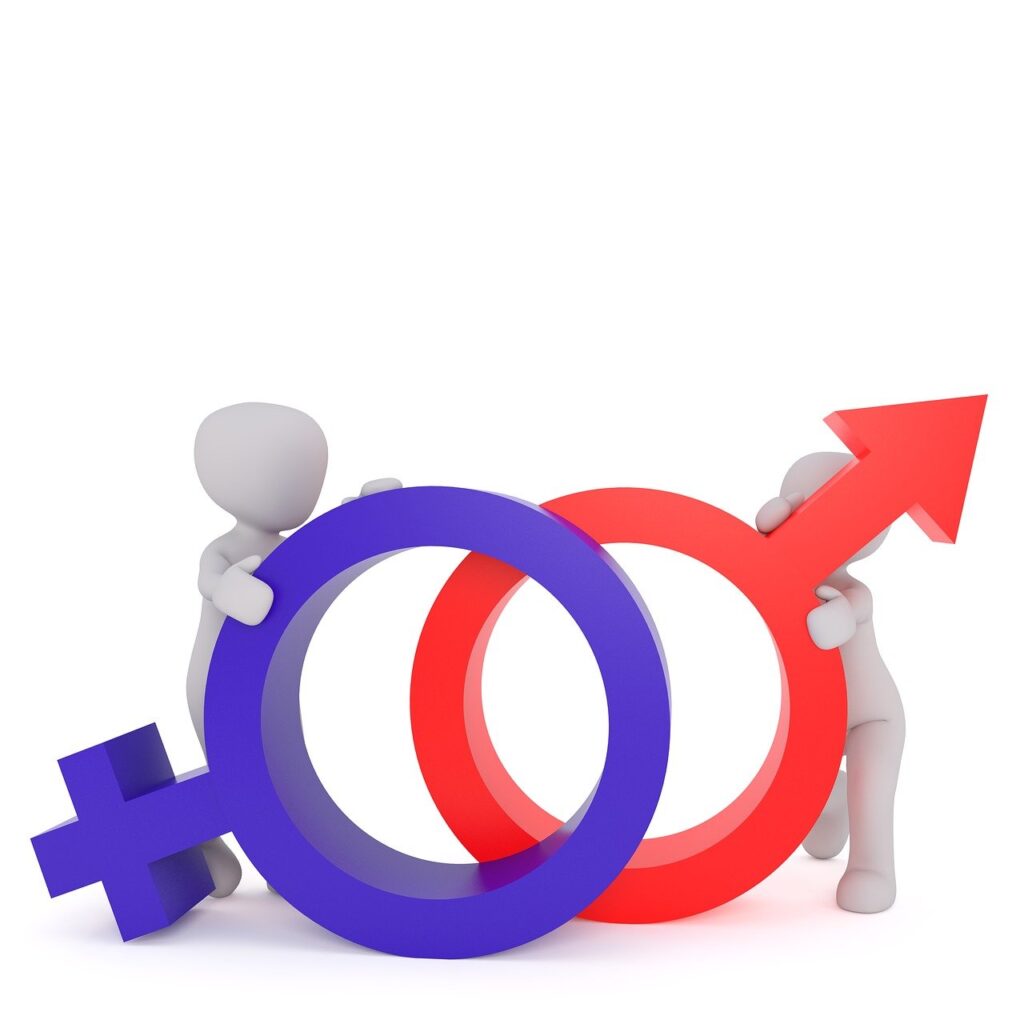
Product on Amazon: Who’s Afraid of Gender?
Price: 18.14 USD
Rating: 4.4 Total reviews: 182
Top Review from US: “In Who’s Afraid of Gender?, Judith Butler embarks on a courageous intellectual journey that transcends the boundaries of traditional gender discourse, challenging readers to confront the complexities of identity, power, and resistance in our contemporary world. With their characteristic blend of erudition and empathy, Butler navigates the intricate terrain of gender politics with precision and insight, embracing a staunchly anti-cisheteronormative stance and intertwining gender liberation with broader struggles against colonialism, fascism, and authoritarianism.”
Shopping on Amzon >>
In recognizing these challenges, there is a growing advocacy for more inclusive policies and practices, both in education and broader society. This includes creating safe spaces where all individuals, regardless of gender identity, can feel respected and valued. It also involves redefining traditional practices, such as wedding customs, to accommodate diverse identities.
As more people like Emma Corrin share their experiences and express their identities, it catalyzes a broader cultural shift toward inclusivity. This shift demands a reevaluation of societal norms and encourages individuals and institutions to adopt more inclusive practices. For instance, wedding dress codes are increasingly being challenged to reflect a range of identities, allowing individuals to dress in a manner that aligns with their personal identity rather than adhering to traditional gender norms.
Ultimately, the journey toward greater inclusivity and acceptance of diverse gender identities is ongoing. It requires both individual and collective efforts to acknowledge, respect, and celebrate the myriad ways in which people experience and express their identities. In doing so, society moves closer to a future where everyone is free to be themselves without fear of judgment or exclusion.
In the context of weddings, traditional dress codes have long been a reflection of rigid gender norms. Brides dressed in elaborate gowns and grooms in sharp suits are iconic images that have been celebrated in numerous cultures across the globe. Yet, this very tradition poses a unique set of challenges for nonbinary individuals, for whom strictly gendered attire does not align with their identity. The expectation that one must adhere to specific gender norms on such a significant day can be deeply problematic, especially in light of societal progress towards embracing diversity in gender expressions.
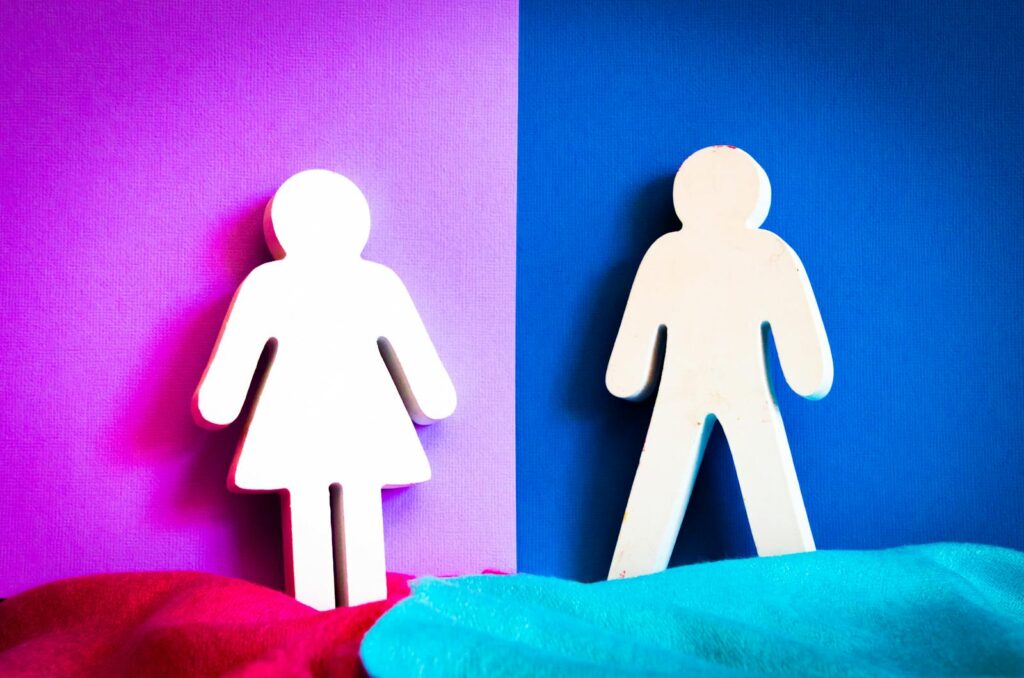
Product on Amazon: SneakPeek® – Early Gender Test Kit – Fast Results – Over 99% Accurate¹ DNA Gender Prediction – Discover Gender at 6 Weeks – Lab Fees Included (Snap)
Brand: Visit the SneakPeek Store
Price: 99.99 USD
Rating: 4.3 Total reviews: 1645
Number of Pieces: 1
Special Feature: Accurate
Specific Uses For Product: DNA Test
Number of Items: 1
Top Review from US: “Their customer service is fantastic.We lost a pregnancy right before we were going to take this, and the kit sat unopened for a long time… when we were pregnant again, I learned you must use within a year… I contacted them and they immediately sent a brand new one out, no other questions asked!That test (taken around 8 or 9 weeks) said boy, we have that boy!Took it again recently, says girl, will update when it’s confirmed at the gender scan!”
Shopping on Amzon >>
Read more about: Buckle Up: The Guide to Wearing a Belt Proper And Chic
Wedding dress codes are often the epitome of binary gender expression. The notion that ‘women wear dresses and men wear suits‘ is not just a sartorial choice but a cultural dictate that has persisted for generations. However, as awareness and acceptance of nonbinary identities grow, these traditional expectations are increasingly being called into question. The reality for many nonbinary individuals is that such expectations can lead to feelings of disenfranchisement and exclusion. It poses a dilemma where they must choose between participating in a loved one’s celebration and staying true to their identity.
The term ‘groomzilla’—a play on the term ‘bridezilla’—emphasizes the often excessive demands that can accompany wedding planning. In the case of enforcing strict gender-based dress codes, this can translate into a situation where nonbinary or gender-fluid individuals are asked to conform to gender norms that do not represent their true selves. Such demands can be seen as a microcosm of larger societal pressures that insist on conformity and the erasure of nontraditional gender identities. For nonbinary individuals, this can be a painful reminder of the broader societal norms that often marginalize their existence.
Apart from the emotional toll, there are practical implications when nonbinary individuals are compelled to adhere to traditional wedding attire. The discomfort of wearing clothing that does not align with one’s gender identity is a significant issue. Clothing is not just functional; it is an expression of self. Forcing someone to wear attire that conflicts with their identity can affect their emotional well-being, making them feel invisible or invalidated on a day that is supposed to celebrate love and unity.
Wedding ceremonies are public events with guests from varying backgrounds and beliefs. This can create an environment where nonbinary individuals might face judgment or questions about their attire choices if they opt to dress in a way that aligns with their identity. Such scrutiny can add to the stress of attending the event, further isolating individuals who are simply trying to express their authentic selves. It is not just about what to wear; it is about being seen and accepted for who they are.
Read more about: Avoiding Fashion Faux Pas The 15 Dress Mistakes Stylists Warn Against
Despite these challenges, there is a growing movement towards more inclusive wedding practices. Couples are increasingly recognizing the need to accommodate all guests, regardless of their gender identity. Some are choosing to eliminate gender-specific dress codes altogether, encouraging attendees to wear what makes them feel comfortable and true to themselves. This shift not only fosters inclusivity but also reflects a deeper understanding of what it means to celebrate love in all its forms.
The change in wedding customs is part of a larger societal shift towards gender inclusivity. As more individuals and families challenge traditional norms, the landscape of weddings—and other cultural milestones—continues to evolve. This evolution is crucial for fostering environments where everyone feels valued and respected. It sets a precedent for future generations to redefine traditions in a way that honors diversity and promotes acceptance.
Ultimately, weddings should be a celebration of love, inclusivity, and authenticity. By embracing nonbinary identities and allowing individuals to express themselves freely, weddings can become a true testament to the union of not just two people but of diverse communities coming together. It is a chance to create memories that are not marred by the constraints of outdated traditions but enriched by the freedom of self-expression. In a world that is slowly but surely becoming more aware of the complexities of gender identity, it is heartening to see traditions being reimagined in ways that honor all individuals.
Related posts:
Non-binary actor Emma Corrin says there’s ‘intense pressure’ to justify identity
School is a ‘nightmare’ for trans and nonbinary kids. Here’s why.
Wedding Fashion Goes Beyond the Binary

